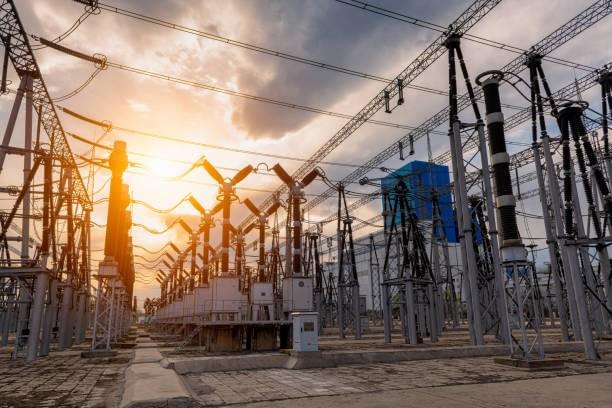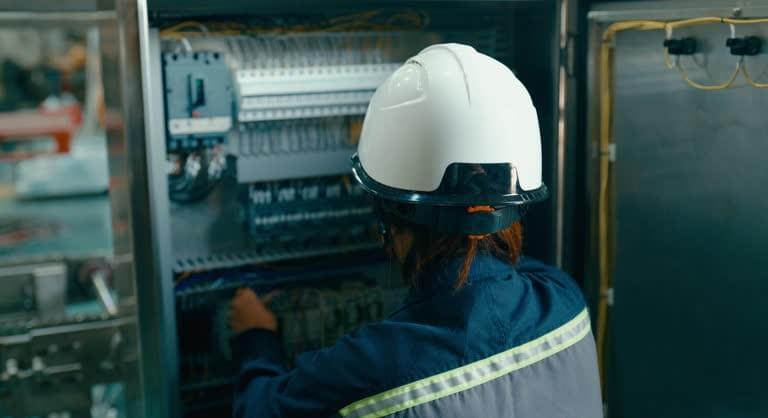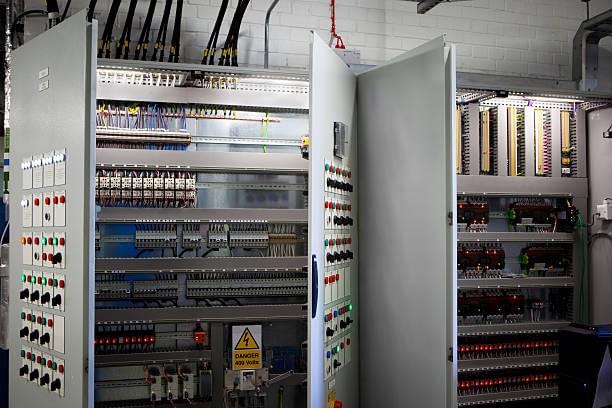Introduction
In the rapidly evolving landscape of electrical infrastructure, a quiet revolution is taking place. At the heart of this transformation are intelligent circuit breakers—devices that once served merely as safety switches but are now becoming the smart nodes in our increasingly connected power systems. As power grids worldwide undergo modernization, these sophisticated devices are emerging as crucial components that not only protect but also optimize, communicate, and adapt. This technological evolution represents not just an upgrade in hardware but a fundamental shift in how we conceptualize and manage electrical distribution systems.

The Inevitable Rise of Intelligent Circuit Breakers
The construction and development of smart grids has made the evolution of circuit breakers from simple mechanical devices to intelligent systems an inevitable progression. Traditional circuit breakers have served us well for decades, but the demands of modern power systems require something more sophisticated—devices capable of not just breaking circuits, but of monitoring, analyzing, and communicating about the health and status of electrical systems.
Intelligent circuit breakers integrate advanced functions like:
- Real-time monitoring of electrical parameters
- Remote operation capabilities
- Fault analysis and reporting
- Predictive maintenance alerts
- Communication with other grid components
These capabilities are transforming how we manage electrical distribution networks, making them more efficient, reliable, and responsive to changing conditions.
Beyond Computerization: True Intelligence in Circuit Breakers
The intelligence of circuit breakers goes far beyond simply adding computing capabilities. True intelligence in these devices involves:
- Harnessing Arc Energy: Rather than simply suppressing the electric arc during operation, intelligent designs utilize this energy effectively.
- Self-Diagnostic Capabilities: Modern breakers continuously monitor their own operational status, detecting potential issues before they become problems.
- Controlled Operation: Advanced operating mechanisms provide precise control over circuit interruption and reconnection.
- Integrated Technologies: The seamless integration of sensor technology, microelectronic systems, and information transmission capabilities creates a truly smart device.
This comprehensive approach to intelligence makes these devices active participants in the electrical system rather than passive components.

Transforming Box-Type Substations
One of the most significant beneficiaries of intelligent circuit breaker technology has been box-type substations. These compact power distribution hubs are being revolutionized through integration with smart breakers, resulting in:
- Reduced footprint requirements
- Enhanced monitoring capabilities
- Improved safety features
- More efficient maintenance procedures
- Greater operational flexibility
The combination of intelligent circuit breakers and modern substation design is creating distribution systems that are not only more capable but also more space-efficient and environmentally friendly.
The Modular Future of Electrical Components
As intelligent circuit breakers continue to evolve, a clear trend toward modularization is emerging. This approach features:
- Standardized communication interfaces
- Plug-and-play components
- Easily upgradable modules
- Interoperability between different manufacturers' systems
This standardization not only simplifies installation and maintenance but also allows for more cost-effective upgrades as technology advances. Rather than replacing entire systems, individual modules can be updated to incorporate new capabilities.

Meeting Rising Economic Demands
As economic development enters a phase focused on quality improvement and efficiency enhancement, electrical systems face new challenges:
- Increasing demand for uninterrupted power
- Higher standards for energy efficiency
- More complex load management requirements
- Growing integration of renewable energy sources
Intelligent circuit breakers are at the forefront of addressing these challenges, providing the control and monitoring capabilities needed to optimize power distribution in this evolving landscape.
The Technological Convergence Driving Innovation
The development of intelligent circuit breakers represents a convergence of multiple technological fields:
- Sensing Technology: Advanced sensors that can detect electrical parameters with unprecedented precision
- Microelectronics: Compact, efficient circuits that can process information locally
- Computer Technology: Embedded systems that provide sophisticated analysis and decision-making capabilities
- Information Technology: Communication systems that enable seamless integration with broader network infrastructure
- Mechanical Innovation: Advancements in the physical mechanisms that actually perform the circuit breaking function
This multi-disciplinary approach is creating devices that are far more than the sum of their parts, capable of functions that would have seemed impossible just a few years ago.
About Nengfu Electrical
Nengfu Electrical specializes in providing efficient and reliable electrical system solutions and engineering services. The company seizes opportunities in the development of new power systems and drives digital transformation across the energy sector.
Based in Shanghai Songjiang Industrial Park, the company operates under the principle of "making products with heart" and has earned ISO 9001, ISO 14001, and ISO 45001 certifications.
The company's product lines cover design, engineering & production of diesel & gas generators, electrical cabinets, and EPC services, earning a reputation for excellent product performance and reliability.


Conclusion
The intelligent circuit breaker represents far more than just an improvement on an existing technology—it embodies a fundamental shift in how we conceptualize electrical distribution systems. As these devices continue to evolve, they will drive the intelligent development of all electrical equipment, serving as key enablers for truly smart grids.
While challenges remain in areas of standardization, cybersecurity, and integration with legacy systems, the trajectory is clear. High-performance intelligent circuit breakers will soon become mainstream components of our electrical infrastructure, improving reliability, efficiency, and safety across the grid.
The future of electrical distribution is intelligent, connected, and adaptive—and at its heart will be the humble circuit breaker, transformed from a simple switch into a sophisticated node in an increasingly smart power network.